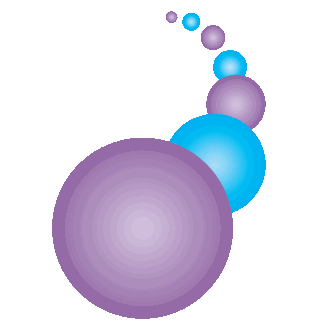Are headaches and migraines really a pain in the neck?
Headaches and migraines can be extremely disruptive to everyday life as any sufferer or their family members/ colleagues will tell you.
Many headache sufferers see their GP or neurologist and have numerous medical investigations that detect no abnormalities. This can be both relieving and frustrating. They often then rely heavily on medications which mask the symptoms rather than solving them.
When pain that is felt in the head or face is referred from structures in the neck we call this a CERVICOGENIC HEADACHE. This means that your brain perceives the pain to be coming from your head but it is in fact referred pain from stiff joints in your neck; similar to low back problems causing sciatica.
Cervicogenic headaches are very easy to treat with quick and effective results. Unfortunately many people, including the general public and doctors, do not realise how effective physiotherapy can be in alleviating headaches and migraines.
Causes of cervicogenic headaches are either:
- Traumatic: whiplash, falls, direct blows
- Atraumatic: poor posture, stress, sustained activities (such as holding your head in one position for e.g: cycling)
Treatment
Lindy Griffiths trained with Dean Watson in his approach to treating headaches. This approach uses techniques to identify the source of the headache. Once the source is identified treatment can begin in order to alleviate the pain and symptoms (watsonheadache.com).
After a detailed history and a thorough physical examination we identify the structure that may be the source of your pain. Temporary reproduction AND lessening of your pain/headache can confirm that the structures in your neck are a source of the pain that is referring into your head. Direct treatment to these structures (passive stretches, with no ‘cracking’ of joints involved) can, after 4 to 6 sessions, alleviate the headache pattern and stop recurrence. This treatment is combined with home exercises and posture correction.
Sports massage is often useful following the treatment to target and stretch the tight muscles involved.


